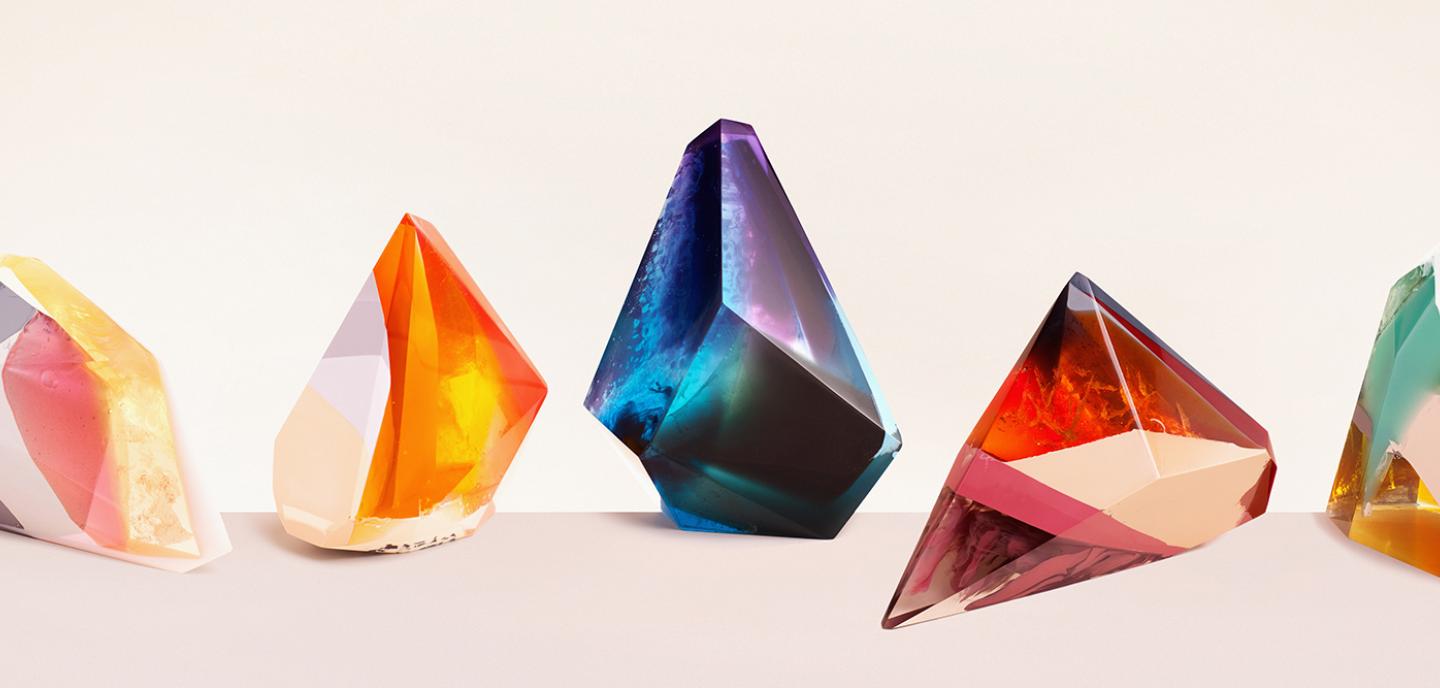This research on the perception of interior wall finishes shows that colour has a greater impact on the visual perception of the “warmth” of materials that ruggedness and structure.
Practically, this means that a space with smooth walls looks colder than the same space with structured walls. In addition, materials with a smooth surface in a cool colour will be perceived as colder than materials with a smooth surface in a warm colour: the ruggedness and structure of a material influence how warm or cold a material is perceived to be, irrespective of the colour of the material.
With respect to the perception of colour, this research indicates that colours between the yellow and red spectre are perceived as warmer than those between the blue and yellow-green spectre. Darker and more chromatic shades are also perceived to be warmer. Achromatic colours (i.e., when you add complementary colours, you get achromatic colours such as white, grey or black) are perceived as rather cool.
On the field, unfortunately, it is not always desirable or possible to adapt the colour of a material. Based on the above, however, a designer wishing to alter the perception of warmth of a concrete wall without adding colour pigments or painting the surface could consider applying structure to the walls through different finishing techniques.
Wastiels, L., Schifferstein, H. N. J., Heylighen, A., & Wouters, I. (2012). Relating material experience to technical parameters: A case study on visual and tactile warmth perception of indoor wall materials. Building and Environment, 49(3), 359-367.

